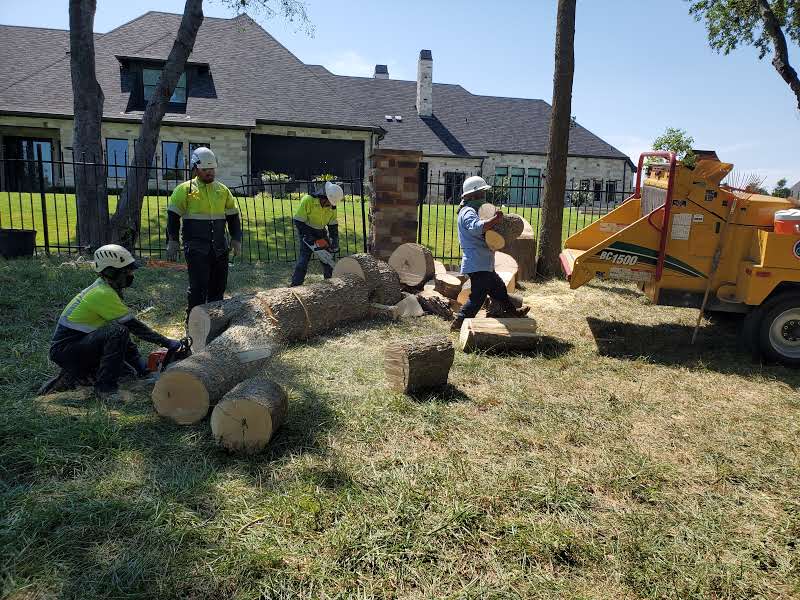Is your company operating as safely as it should be? While landscaping can be inherently risky by the sheer nature of the type of work that we do, many of these risks can be reduced or even eliminated when safety is taken seriously. As landscape professionals gear up for another season, now is the time to refine your safety standards and practices.
Here are a few things to consider.
Review and Update Safety Practices
In order to be able to feel confident your landscaping company is operating as safely as it could be, it’s important to take a thorough and honest assessment of what safety practices you already have in place. Are there practices that should be updated?
Landscaping is an evolving industry with new equipment and updated best practices potentially changing things over time. If you’re not updating safety training and procedures, they could become outdated.
Make Safety Part of Your Everyday Operations
All landscaping businesses should certainly have a formal safety training program in place. But that doesn’t mean that safety shouldn’t be part of your “everyday operations,” too. If you truly want to promote a culture of safety at your business, it must become part of your everyday activity.
Make safety tips part of the morning huddle. Provide refreshers when it’s been a while since employees used a piece of equipment or performed a certain task. Safety can become an afterthought if it’s not brought up regularly. Even worse, your crew members can fall into bad habits and actually forget their “best practices” if they aren’t reinforced on an ongoing basis.
Make Sure to Model Safety, Too
It’s not enough to talk about safety—it must be modeled, too. If your crew leaders and managers aren’t wearing their proper PPE or putting the best practices that they preach about into action, you can be sure that your crews aren’t going to follow through. All team members should be putting safety practices into action from the top down! As an owner or a manager, if you are out visiting a job site, make sure to remember those rules apply to you, too.
Learn from All Mistakes
As hard as we may try to prevent all safety mishaps, accidents do happen. But take the opportunity to use accidents and errors to talk about what can be done differently next time—so that it doesn’t happen again.
The same goes for “near misses.” If you are fortunate enough to have experienced a “near miss”—which could have been an accident, it makes sense to use that as a teaching moment. What could have been done to avoid that near miss and what can we do differently to ensure that it doesn’t become an accident next time?
Make a Varied Effort
What comes to mind when you think about safety training? A formal meeting? A power point presentation? Perhaps, a video or a training manual? These are all great ways to implement safety—but you also must consider that different people learn in different ways. What works for one employee may not work for another—so it’s important to make sure that your approach to safety is varied.
Incorporate different ways of teaching and training. Many landscapers are hands-on learners and learn best by “doing.” While a big annual safety meeting is great, some crew members might learn more from a simple on-the-spot demonstration or even a moment in the field.
Track Your Efforts
Finally, as you aim to start implementing better safety practices, it will pay off to keep track of your efforts. Being an Asset user can help. Any certifications that your employees earn can be saved and easily accessed in their employee file. You can also use Schedule Manager to create a safety schedule and assign tasks to employees to be completed.
By staying organized, you’ll know that you’re checking all of the boxes and making sure that you’re doing everything you can in your power to promote safety. While there are always going to be factors that are out of your control, you can gain peace of mind knowing that your company is safer thanks to your due diligence.


